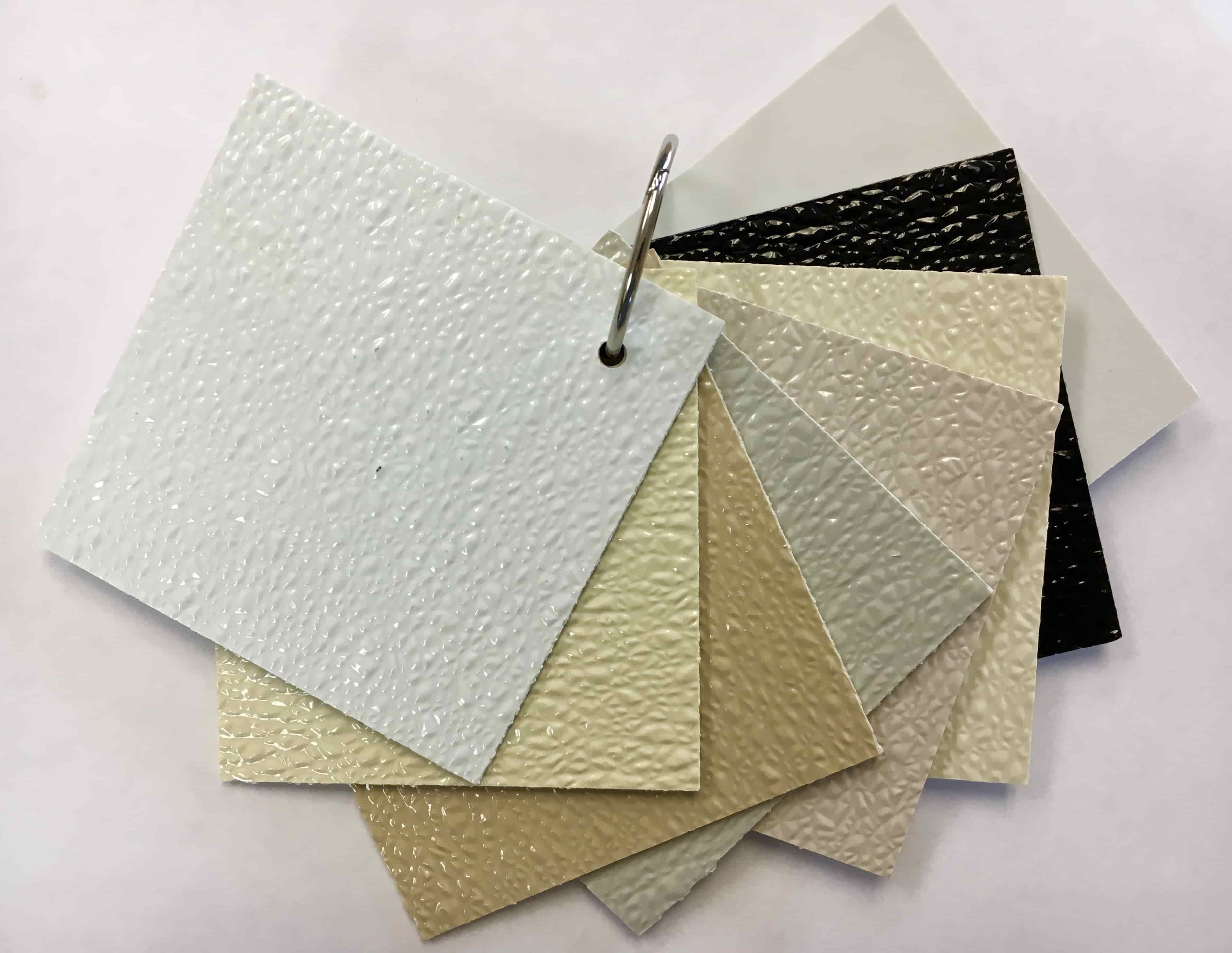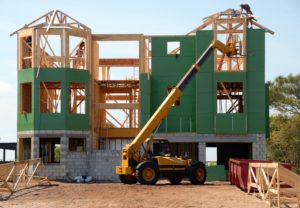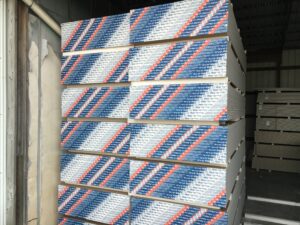Fiberglass-reinforced plastic panels, or FRP panels, are thin sheets of polyester resin reinforced with fiberglass strands for extra strength. They are smooth, nonporous panels that are highly resistant to moisture and easy to wipe clean which is ideal for environments requiring frequent deep-cleaning. FRP panels can be installed directly over drywall, wood, concrete block, and many other solid surfaces. This makes FRP panels an excellent material for covering walls and ceilings in restaurant kitchens, public bathrooms, medical facilities, food processing areas, car washes, and many other areas within commercial construction.
Available at Inside-Out Builders Supply in Lancaster, Glasteel FRP panels allow you to design beautiful, affordable interiors for high-wear spaces that are easy to clean and maintain.
Benefits
Glasteel FPR panels are a low-cost, easy-to-install system that turns almost any surface into a highly-durable wall.
Here are a few benefits of FRP panels:
- Durable, high-impact, and scratch-resistant material
- Lightweight, highly flexible panel that is easy to install
- Easy cleaning using common detergents, steam, or high-pressure washers
- Installed with environmentally friendly adhesive
- Optimum sanitation protection
- Installs over any many materials and wall types
- Less expensive than other building materials used for a similar purpose
- Prevents the growth of mold; will not rust or corrode
- Ideal for covering new drywall or old, damaged wall and ceiling surfaces
Installation
What You Will Need
- Joint compound & Putty Knife
- Sandpaper
- Level & Tape Measure
- Hacksaw or Swivel-head shears
- FRP adhesive
- Notched trowel (1/2” space V-notch)
- Laminate roller
- FRP molding or trim
- Silicone sealant
FRP Installation Instructions
Repair any damages in the wall by filling holes and low spots using drywall joint compound. Let dry and sand away high areas or bumps. FRP panels will contour to the shape of your wall, so proper preparation is important for a uniform appearance.
Measure the area where you plan to install your FRP panels. Transfer these measurements to your sheets of FRP panels, leaving room for expansion on all sides of the panel. Allow at least 1/4 inch gaps at floors and ceilings and at least 1/8 inch between the panels for the material to expand. These gaps will be covered by end caps, dividers, and corner pieces.
Cut the FRP panels to the desired size using a hacksaw or swivel-head shears.
Apply FRP panel adhesive to the back of the panel using the notched trowel. Coat the entire surface with adhesive using a cross-hatch pattern.
Press the panel onto the wall and roll it with a laminate roller to remove air pockets and smooth the FRP panel into place. Repeat with each panel until the desired area is covered remembering to leave adequate gaps for expansion.
Install top molding (or end caps) along the top of the panels for a clean, finished look. Use FRP dividers for the space between panels.
Apply an optional silicone sealant to joints and seams when installing the panels in a moisture-prone area, such as a bathroom or a kitchen.Let the silicone dry completely and cut away excess for a finished look.
FAQ
Q: Can FRP panels be installed on any surface?
A: Fiber-reinforced plastic panels can be installed on nearly any substrate, as long as the surface is dry and stable. FRP should not be installed where moisture must escape from the original surface i.e. a wall like that of a refrigerator which builds up exterior condensation.
Q: How do you install FRP panels over drywall?
A: The standard method for installing FRP over bare drywall is to use a water-based FRP adhesive like Titebond Fast Grab. If you prefer to use fasteners, the panels can be secured with plastic pop rivets. For maximum water-resistance, panels should be sealed at all trim joints with silicone caulk or sealant.
Q: How do you install FRP panels over non-drywall materials?
A: For substrates that are rough, glossy, or not perfectly flat, such as ceramic tile or concrete block, an oil-based FRP adhesive like Titebond Advanced Polymer Adhesive is recommended. If using rivet fasteners, pilot holes drilled into the substrate are required. However, fasteners typically are not necessary if the adhesive can bond properly. With hard substrates, such as block or tile, trim moldings can be glued to the substrate or installed with steel pins.
Q: In what size is FRP manufactured?
A: FRP panels comes in sheets that are 4’ wide and in standard lengths of 8’, 9’, 10’, and 12’. Trim moldings come in 8’, 10’, and 12’ lengths. FRP panels are about 0.09” in thickness and weigh about 12 ounces per square foot.
Final Tips
- FRP can be installed over drywall prior to the finishing stage or after the material has been mudded and sanded.
- Allow FRP paneling to acclimate to the temperature in your home for 48 hours prior to installation.
If you are looking for FRP panels in Central Ohio, call Inside-Out Builders Supply in Lancaster, OH for free quotes, product specs, and advice on how to get the project done right!
Please leave comments below if you would like a follow up answer to any question or have any tips for our other readers.





